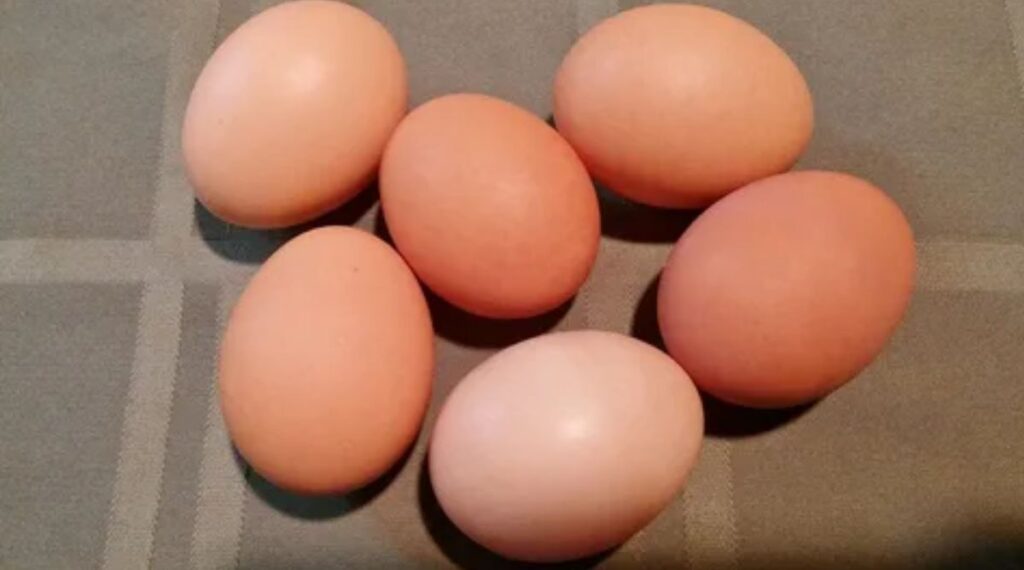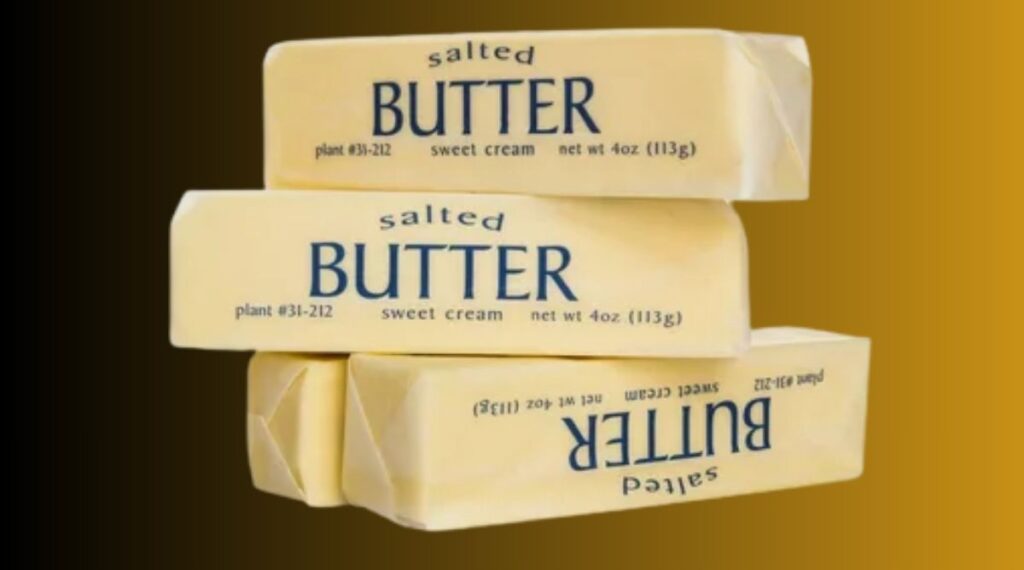How Much is 500 Grams? 9+ Common Things That Weigh About 500 Grams
500 grams is similar to a small loaf of bread or a medium pineapple. To answer the question, how much is 500 grams? can improve cooking skills and everyday measurements.
We will provide examples of nine common things that weigh about 500 grams, enhancing knowledge of weight and measurement. By the end, readers will better understand the practical implications of 500 grams.
How Much is 500 Grams?
Converting 500 grams equals approximately 17.64 ounces, useful for culinary measurements. This knowledge aids precise ingredient adjustments in recipes. For example, realizing 500 grams is just about 1.1 pounds can simplify baking.
500 grams is half a kilogram, crucial for interpreting nutrition labels and portion sizes. Understanding this helps visualize manageable amounts of food like fruits, vegetables, and proteins.
Mastering these conversions enhances cooking skills and promotes informed dietary choices, ultimately transforming your interaction with food measurements.
How to Convert 500 Grams into Other Units
| Units | Equivalent to 500 Grams |
| 500 grams to Pound | 1.1 lb |
| 500g to kilograms (kg) | Half kg |
| 500g to Ounces (oz) | 17.6 oz |
| Milligrams | 500,000 mg |
| Carats (ct) | 2500 Carats |
| Grains | 7716.18 grains |
Things that Weigh About 500 Grams
By examining the objects that are 500 grams in our daily life, readers gain insights into how weight influences practical and enjoyable aspects of living. It invites readers to discover the importance of everyday items that weigh 500 grams.
- A 500 ml Bottle of Water
- A Pint of Ice Cream
- 8 Medium Size Eggs
- A Block of Butter (4 Sticks)
- Two Tennis Balls
- A DSLR Camera (Without Lens)
- A Small Pineapple
- A Standard Loaf of Bread
- Eleven Golf Balls
A 500 ml Bottle of Water
A 500 ml water bottle is an easy-to-carry option for staying hydrated. Its approximate weight of 500 grams makes it perfect for various activities, including gym sessions and hiking trips.

This straightforward bottle serves as a reference point for understanding the relationship between milliliters and grams, highlighting a balance in measurement. Beyond its practicality, it embodies a commitment to mindful consumption and environmental stewardship.
As awareness of plastic waste increases, many individuals are opting for reusable 500 ml bottles, fostering sustainability by encouraging refills rather than relying on disposable options.
A Pint of Ice Cream
A pint of ice cream, typically weighing around 450 grams, evokes feelings of pleasure and reminiscence. When it weighs a bit more at 500 grams, it elevates the experience to one of luxury, encouraging us to savor each moment. Each flavor serves as a narrative, presenting rich textures that stimulate our senses.

This promotes a mindful appreciation, turning ice cream into a vessel for creating memories, whether enjoyed alone or in the company of friends. Interestingly, a pint of ice cream is an ideal representation of what holding 500 grams feels like.
In the U.S., a standard pint contains about 473 milliliters and has a weight close to 450 grams. By incorporating elements like a caramel swirl, chocolate chips, or a generous sprinkle of cookie crumbles, you can easily reach that 500-gram threshold.
8 Medium Size Eggs
Understanding measurements is vital in cooking, particularly with medium eggs weighing around 60 grams each. For 500 grams, about eight medium eggs are needed.
This knowledge aids in recipe preparation and ingredient substitution. Weighing ingredients enhances culinary experiences, as 500 grams equals roughly a pound, helping cooks maintain balance in dishes.

Medium size eggs are not just ingredients; they can elevate recipes when used wisely. Eight medium eggs, averaging 50 grams, collectively weigh approximately 500 grams, serving as a useful reference for visualizing half a kilogram in the kitchen.
A Block of Butter (4 Sticks)
A 500 gram block of butter contains four sticks, each about 125 grams. This simple block represents the foundation of countless culinary creations, from flaky pastries to rich sauces.It allows for precise measurements in cooking, making it easy to cut a stick into smaller portions for recipes requiring specific amounts.

Butter is not just a cooking fat; it enhances both sweet and savory dishes, enriching flavors and improving the texture of baked goods. Its creamy richness elevates meals, from grilled vegetables to sauces, highlighting its versatility. Therefore, butter is more than a kitchen staple; it’s an essential ingredient that transforms ordinary cooking into extraordinary culinary experiences.
Two Tennis Balls
The physics of two tennis balls, each weighing 500g, highlights momentum and energy transfer. Their collision generates force, reflecting competitive play’s dynamics. Precision is crucial; players manipulating these forces gain advantages in gameplay.
Each ball has unique characteristics affecting spin and trajectory, requiring players to adapt techniques for optimal performance. This interplay enhances rallies, showcasing the sport’s beauty beyond individual skill.
The consistent 500g mass is regulated for professional tournaments and serves as a training reference for athletes, aiding in muscle memory and hand strength development. Overall, understanding these physics principles enriches the tennis experience.
A DSLR Camera (Without Lens)
A lens-less DSLR camera, weighing around 500 grams, enhances understanding of photography mechanics. It allows for experimentation with different lenses and vintage glass, promoting artistic expression.
This minimalist approach encourages photographers to focus on composition and lighting, reinforcing that photography relies on creativity and vision, not just equipment. Using a DSLR body alone challenges users to think innovatively while exploring their camera’s potential.
The 500-gram weight strikes a balance between power and portability, making it comfortable for prolonged use. In an age dominated by smartphones, this camera emphasizes the tactile experience vital for nurturing creativity in photography.
A Small Pineapple
A small pineapple, weighing about 500 grams, offers rich flavor and nutrition. Its vibrant yellow flesh provides a sweet and tangy taste, enhancing both savory dishes and desserts. Ideal for grilling or fresh salsas, it showcases culinary versatility.
Beyond taste, it boasts health benefits, being rich in bromelain, which aids digestion and recovery. High in vitamin C, it boosts immunity and promotes healthy skin. Its compact size makes it perfect for snacking or as a charcuterie centerpiece.
A small pineapple exemplifies that great things can come in smaller packages, combining delightful flavor with numerous health advantages.
A Standard Loaf of Bread
A standard 500 gram loaf of bread is a quintessential staple in many households, symbolizing tradition and nourishment. It serves as a versatile base for meals, from artisan varieties to sandwich loaves.
Its simple ingredients, bread evokes memories of home and comfort. The fermentation process adds complexity, transforming basic elements into a flavorful loaf. Nutritionally, it offers vitamins and minerals, especially in whole grain forms, promoting digestive health.
Bread can also serve as a platform for gourmet toppings, enhancing its culinary potential. Each loaf reflects tradition and community, showing that even basic foods carry deep meaning.
Eleven Golf Balls
Eleven Golf balls, weighing about 45.9 grams each, total approximately 500 grams when held together. Their dimpled design enhances performance by reducing drag and increasing lift, allowing for greater distances.
USGA and R&A regulations cap golf ball weight at 45.9 grams, as deviations impact performance significantly. Heavier balls would alter gameplay dynamics, affecting distance and control. Experimenting with different weights can improve swing mechanics; heavier training balls build strength, while lighter ones enhance finesse.
Balancing weight and performance is essential for golfers to elevate their game and discover new skills. Understanding these factors can lead to better gameplay experiences.
Conclusion
The weight of 500 grams is an important reference point that applies to many everyday items we use. By learning about objects that measure approximately 500 grams, we can sharpen our skills in estimating weight across different contexts.
This knowledge is valuable for a variety of activities, such as cooking, pursuing fitness objectives, or simply satisfying our curiosity. Understanding how much is 500 grams helps us navigate daily tasks more easily and intuitively. So, why not take a moment to find an object in your home and weigh it to see how it stacks up against the examples we’ve shared?
Gaining insight into what measures 500 g can significantly enhance your daily experiences, whether you’re preparing meals, shopping, or just trying to grasp common weight measurements.







